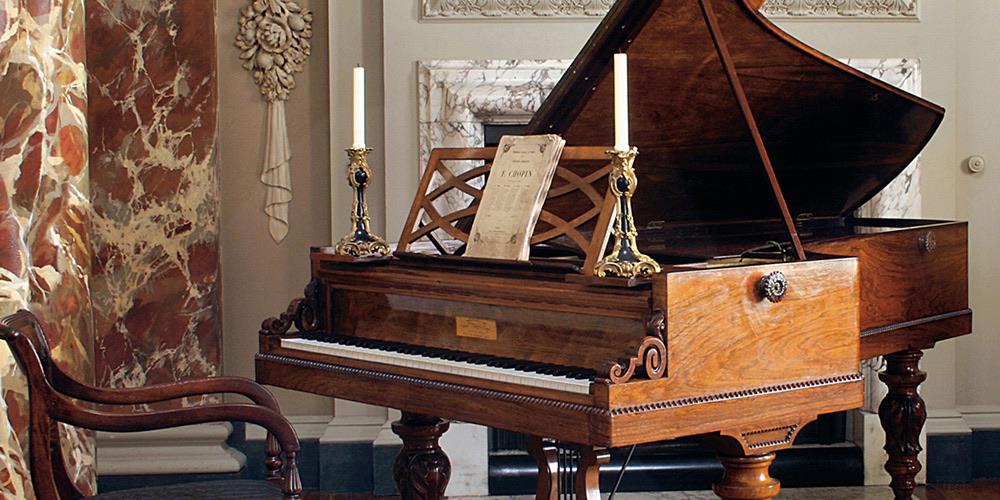Pleyel’s Hymn
The Only Prescribed Music in Our Ritual.
By: Bert Dalton
Grand Musician
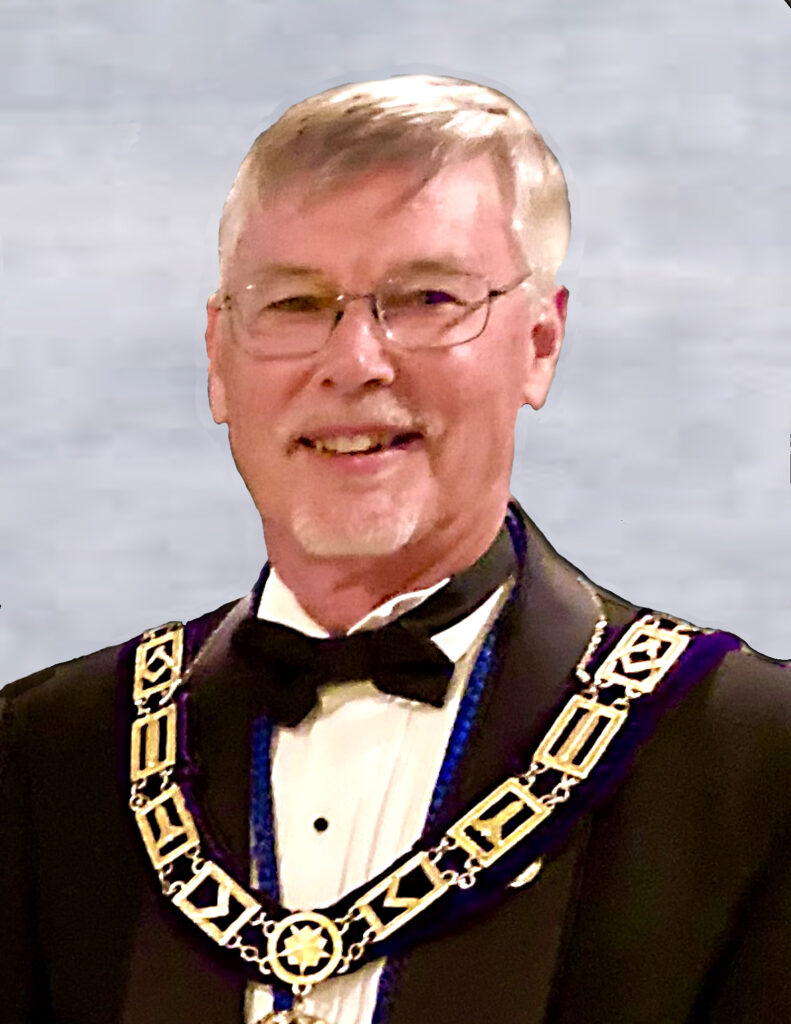
I’ve been curious about the only piece of music used in New Mexico lodges, which is the dirge in the third degree. Where did it come from? Why this particular piece? And, how did it come to be adopted by the Fraternity?
It turns out that the brother who wrote the music gave up his successful composing career to build pianos, and the brother who wrote the words wound up getting kicked out of Masonry. And some states use an entirely different piece of music. And the composer and lyricist lived on different continents at different times and never knew each other. What? It makes for an interesting story. In this newsletter, we’ll look at the composer, and in the next, we’ll look at the lyricist.
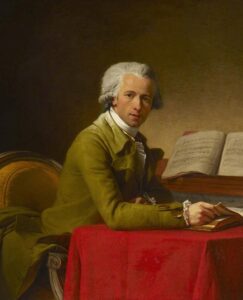
The music for the song “Solemn Strikes the Funeral Chime,” more commonly known as “Pleyel’s Hymn,” was composed by Ignaz Pleyel (1757-1831) who was a Freemason. Pleyel was a prolific composer who wrote 42 symphonies, 70 string quartets, several operas, and was enormously popular in his lifetime. One of his contemporaries, Francois-Joseph Fetis, commented, “What composer ever created more of a craze than Pleyel? Who enjoyed a more universal reputation or a more absolute domination of the field of instrumental music? Over more than twenty years, there was no amateur or professional musician who did not delight in his genius.”
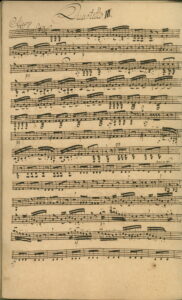
His string quartets, in particular, were very popular as they were fairly easy to perform by non-professional musicians. Yet for some reason, today he is not well-known outside of music circles.
Brother Ignaz Pleyel was born in Rupperthal in lower Austria in 1757. He became a pupil of Brother Franz Joseph Haydn, also a Freemason, who evidently considered him a superb student. As a young man, Pleyel accepted the position of organist at the Strasbourg Cathedral in France to work as assistant music director (maître de chapelle) under Franz Xaver Richter. The cathedral was appealing to him because it had a full orchestra, choir, and a substantial budget devoted to performances. Pleyel composed most of his works during his tenure there, 1782-1793, and assumed the full position of music director following Richter’s death in 1789.

In 1784, Pleyel is listed as a Fellowcraft in “Zum Goldened Rad Lodge” in Eberau, Hungary, under the Provincial Grand Lodge of Hungary, which worked under the Grand Lodge of Austria until the suppression of Freemasonry by Emperor Joseph II, 1793-1795. Although he composed Masonic works, ironically the dirge was not among them. The melody of “Pleyel’s Hymn” is a theme from his 4th Quartet, op. 7, published in 1791.
After the French Revolution, musical performances in churches were abolished as well as public concerts. Pleyel moved to London where he led a successful concert series and apparently did quite well there musically and financially. Upon his return to France during the Reign of Terror, he was brought up on charges seven times by the Committee on Foreign Safety. He was accused of being a “royal collaborator” because of his recent purchase of a chateau, his foreign status, and ties with Strasbourg Cathedral. Had he been convicted; he would have faced imprisonment or even execution. He escaped punishment by composing a series of pieces in honor of the new republic, including an eight-hour long piece entitled “The Revolution of August 10, 1792.”
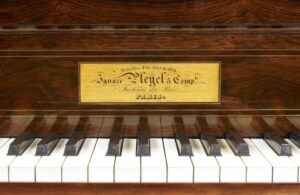
Pleyel moved to Paris where he set up a music publishing business that ran successfully for 39 years. His company published about 4000 works including a complete edition of Haydn’s string quartets and compositions of Boccherini, Beethoven, Clementi, and Mozart. As if that wasn’t enough, he began a successful piano manufacturing business in 1807. His pianos were the first to use a metal frame and were of such high quality that they were the choice of Chopin, Debussy, Saint-Saëns, Ravel, and Stravinsky. Pleyel’s son Camille took over the business which has thrived for 210 years and is still producing fine pianos today. Chopin’s favorite piano was his Pleyel Grand and was the last piano he performed on. “When I feel in good form and strong enough to find my own sound, I need a Pleyel piano”, Chopin liked to repeat.
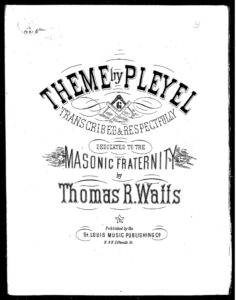
Pleyel retired in 1824 and moved to the countryside outside of Paris where he died in 1831.
[1] Keefe, Simon P. “Preface”, in Ignaz Pleyel: Six String Quartets
SOURCES:
J.R. Martin, Texas Lodge of Research
Indiana Freemason – Spring 1997
